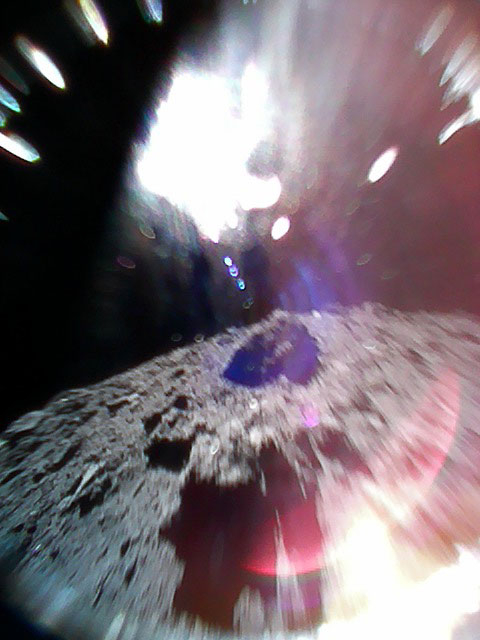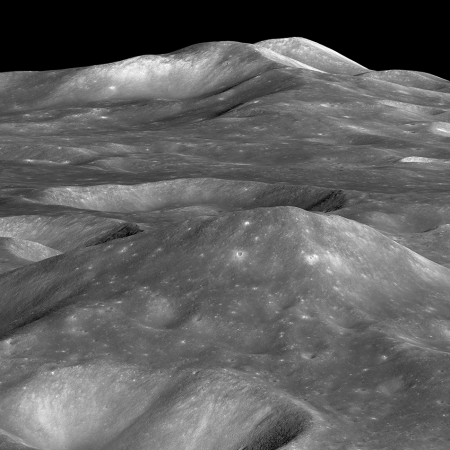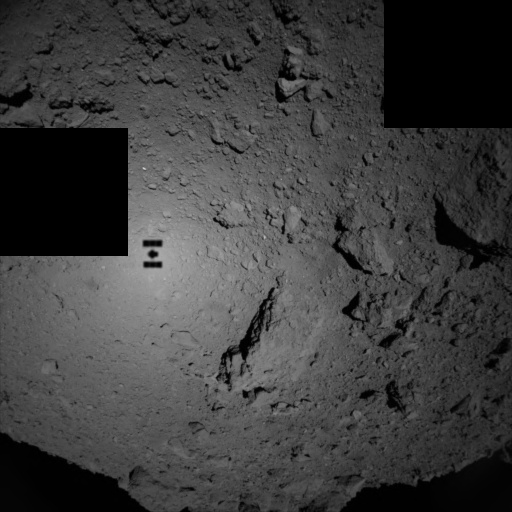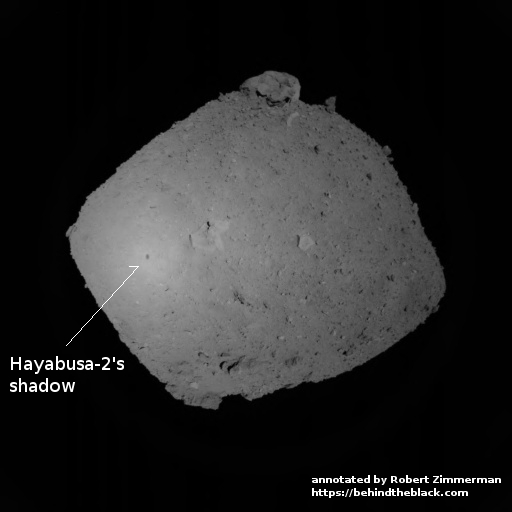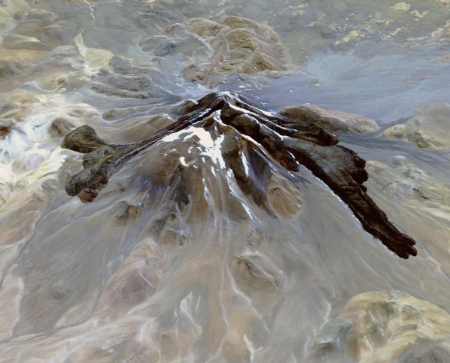Has Aerojet Rocketdyne lost engine race with Blue Origin?
Aerojet Rocketdyne financial documents suggest that it has given up the bidding competition with Blue Origin to supply a rocket engine for ULA’s Vulcan rocket.
The latest financial release from aerospace manufacturer Aerojet Rocketdyne reveals that the company spent none of its own money on development of the AR1 rocket engine this spring. Moreover, the quarterly 10-Q filing that covers financial data through June 30, 2018 indicates that Aerojet may permanently stop funding the engine with its own money altogether—a sign the company has no immediate customers.
Although Aerojet will continue to receive some funding from the US military through next year to develop its large, new rocket engine, this money won’t be enough to bring it to completion. Instead of having a flight-ready engine for use by the end of 2019, the filing indicates that Aerojet now intends to have just a single prototype completed within the time frame.
Essentially this means ULA will have no choice but to pick Blue Origin’s engine, unless the Air Force pulls its weight and demands it take Aerojet rocketdyne, even if that means a significant delay before Vulcan can launch.
Aerojet Rocketdyne financial documents suggest that it has given up the bidding competition with Blue Origin to supply a rocket engine for ULA’s Vulcan rocket.
The latest financial release from aerospace manufacturer Aerojet Rocketdyne reveals that the company spent none of its own money on development of the AR1 rocket engine this spring. Moreover, the quarterly 10-Q filing that covers financial data through June 30, 2018 indicates that Aerojet may permanently stop funding the engine with its own money altogether—a sign the company has no immediate customers.
Although Aerojet will continue to receive some funding from the US military through next year to develop its large, new rocket engine, this money won’t be enough to bring it to completion. Instead of having a flight-ready engine for use by the end of 2019, the filing indicates that Aerojet now intends to have just a single prototype completed within the time frame.
Essentially this means ULA will have no choice but to pick Blue Origin’s engine, unless the Air Force pulls its weight and demands it take Aerojet rocketdyne, even if that means a significant delay before Vulcan can launch.

